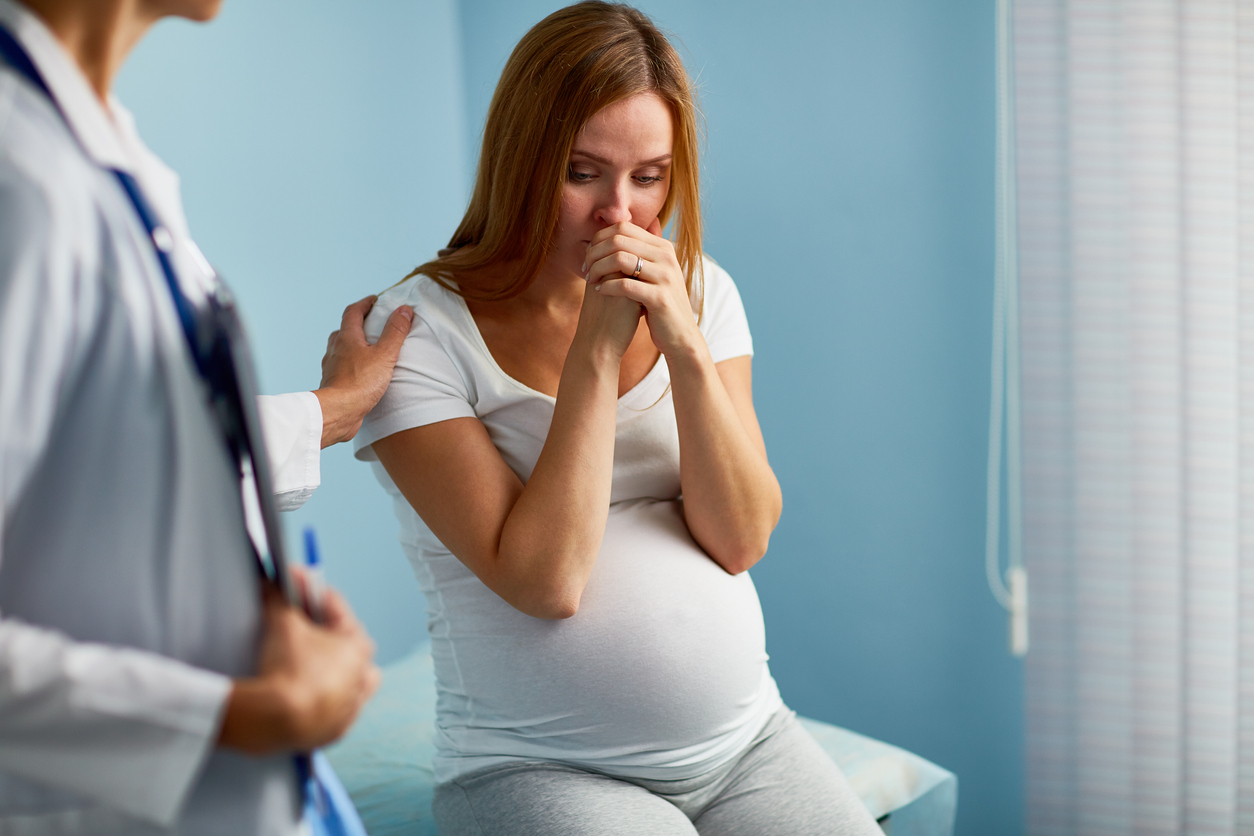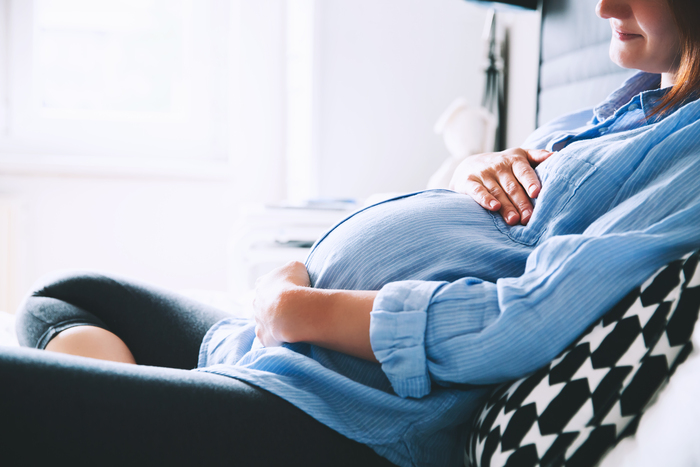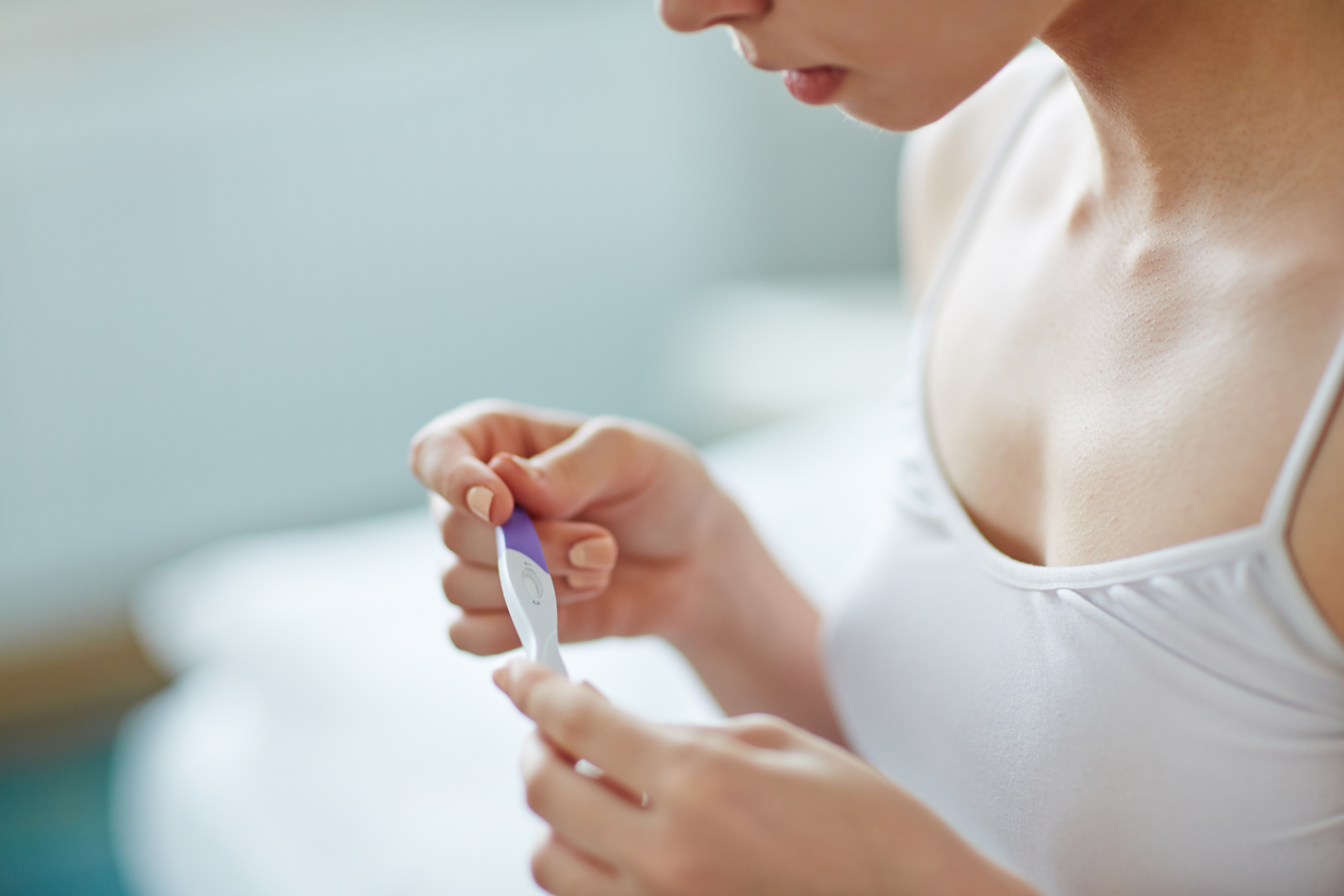You have uterine fibroids. You’re also pregnant. What should you expect in the months ahead? Many women with fibroids will have a normal pregnancy. The hormonal changes associated with being pregnant often encourage fibroids to grow. Can uterine fibroids affect your pregnancy? Depending on where they are and how big they become, things could get complicated. No need to panic. Just prepare.
Uterine fibroids are benign (non-cancerous) tumors that commonly appear in 30% to 60% of all women over 35. In many cases, fibroids are unlikely to be problematic during pregnancy. But fibroids are estrogen responsive, meaning they tend to grow when estrogen levels rise. During pregnancy, your body will produce more estrogen. Often that causes a fibroid growth spurt. When fibroids located in the wall of your uterus or directly in the uterine cavity begin to grow larger, they can impact how well you carry the baby or how the baby is delivered.
Women with fibroids should be closely monitored by their ob/gyn. Usually, patients require no immediate fibroid treatment. But your doctor should be aware of the condition and prepare for any potential issues. The primary concerns with fibroid growth can change over different stages of a pregnancy. Here’s what to know.
First Trimester
About one-third of all uterine fibroids grow in size during the first three months of pregnancy. Estrogen surges are highest at this point, so fibroids are likely to expand. The most common fibroid-related issues in the first three months of pregnancy are pain, bleeding and the possibility of miscarriage.
Pain is generally related to the location of the fibroid. Especially if grows to a size where it begins pressing on other internal organs.
Bleeding during early pregnancy can happen when the placenta implants near a fibroid.
Miscarriage is a risk in any pregnancy. If you have fibroids, the chance is about 14%.
Second and Third Trimester
In mid to late pregnancy, fibroid-related concerns change as the baby gets closer to delivery. Fibroids may trigger unusual pain, impact fetal health, cause pre-term birth or birthing complications. Women with fibroids are also 6 times more likely to need a C-section delivery.
Pain experienced early in the pregnancy can elevate, especially if fibroids are large. In addition to putting pressure on internal organs, fibroids can sometimes twist and compress, causing extreme discomfort.
Placental abruption is a medical term for the placenta tearing away from the wall of the uterus before the baby is delivered. While this can also happen in women without fibroids, the condition occurs more often when fibroids are present. It’s serious because the placenta provides oxygen to the baby. Also because it can result in severe blood loss to the mother.
Pre-term delivery is more common among women with fibroids than those without. The normal pregnancy period is 37 weeks. Fibroids may cause you to go into labor earlier.
Cesarean/C-section delivery is 6 times more likely if you have fibroids. They can impair the uterus’ ability to contract normally during delivery, block the birth canal, slow or inhibit labor. The potential for complications during delivery makes a c-section delivery safer for you and the baby.
Ok. You made it through this information. It wasn’t easy. But it really does help to know. Remember, most women with fibroids will have a normally uncomfortable, normally challenging pregnancy. For the few that won’t, awareness is everything.
Want to know more about fibroids and fertility?
Not yet pregnant? Learn more about non-surgical fibroid treatment.






